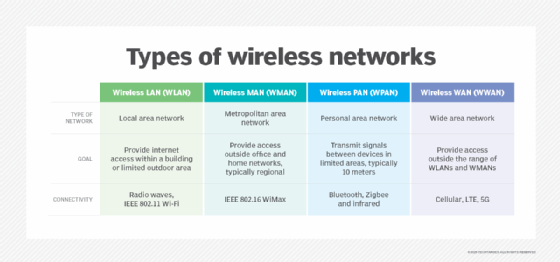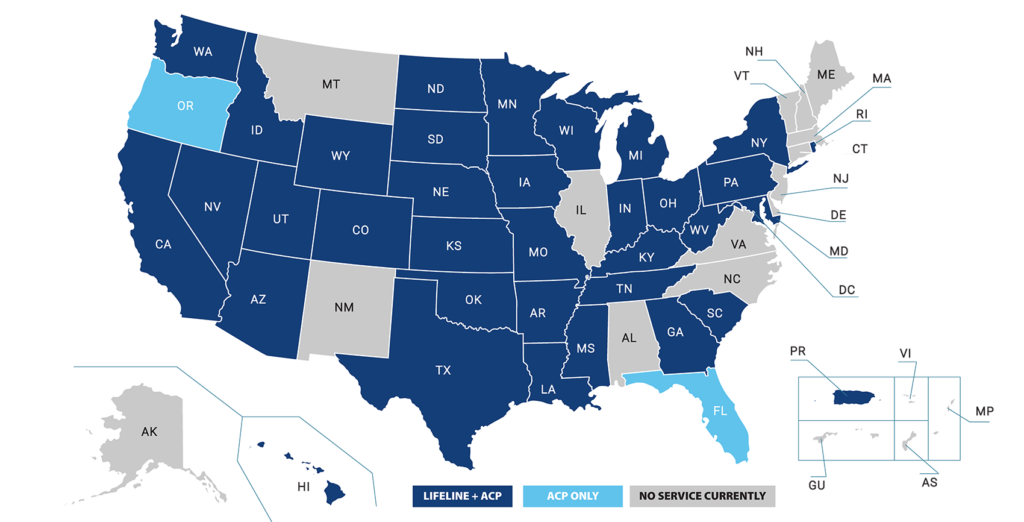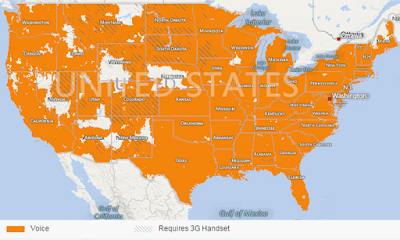In today’s fast-paced world, wireless communication has become an integral part of our daily lives. From sending and receiving emails to making phone calls and accessing the internet, wireless communication networks have opened up a world of possibilities. However, with so many different types of wireless communication networks available, it can be difficult to understand which one is best suited for your needs.
To help clarify this confusion, it’s important to understand the four main categories of wireless communication networks. Each category has its unique features, advantages, and disadvantages. In this article, we will explore the different categories of wireless communication networks, their applications, and how they work. By the end of this article, you will have a better understanding of the different types of wireless communication networks and which one is best suited for your needs. So, let’s get started!
The four main categories of wireless communication networks are cellular networks, wireless local area networks (WLANs), wireless personal area networks (WPANs), and satellite networks. Cellular networks are used to connect mobile phones to the telephone network. WLANs use radio waves to connect devices to the Internet or a local network over short distances. WPANs connect devices to other devices within a short range. Satellite networks use satellites to connect devices to the Internet or a local network over long distances.

Wireless Communication Networks
Wireless communication is the transfer of information or power between two or more points that are not connected by an electrical conductor. The most common types of wireless communication networks are cellular networks, satellite communication, Wi-Fi networks, and Bluetooth networks.
Cellular Networks
Cellular networks use a system of cell sites that divide a geographic area into small cells. Each cell site is connected to a network of base stations that provide service to mobile users. The base stations communicate with mobile devices using radio waves, and the cellular network provides services such as voice, data, and messaging. Cellular networks are typically used in areas where landlines are not available, such as rural areas or areas with poor infrastructure.
Cellular networks also provide an important service in emergency situations, as they are able to work in areas where landlines are down or damaged. Cellular networks are also used to provide wireless internet access in areas where wired connections are not available.
Satellite Communication
Satellite communication networks use satellites to provide communication services to users on the ground. Satellite networks are typically used for long-distance communications, such as phone calls and data transmissions. Satellite networks are also used to provide broadcast television and radio services, as well as internet access in remote locations.
Satellite networks are also used for navigation and positioning services, as well as for military and government communications. Satellite networks are typically used in areas where there is no other form of communication, such as remote locations or at sea.
Wi-Fi Networks
Wi-Fi networks use radio waves to provide wireless internet access to users. Wi-Fi networks are typically used in areas where wired connections are not available, such as cafes, airports, hotels, and other public places. Wi-Fi networks are also used in homes and offices, as they provide a convenient and cost-effective way to connect multiple devices to the internet.
Wi-Fi networks are typically secured with a password, which is used to protect the network from unauthorized access. Wi-Fi networks can also be encrypted to provide additional security.
Bluetooth Networks
Bluetooth networks use radio waves to provide communication between two or more devices. Bluetooth networks are typically used for short-range communications, such as connecting a headset to a mobile phone or a computer to a printer. Bluetooth networks are also used for data sharing between devices, such as transferring files from a phone to a computer.
Bluetooth networks are typically used in areas where traditional wireless networks are not available, such as in a car or on a boat. Bluetooth networks are also used to connect devices in a home or office, such as for connecting a keyboard and mouse to a laptop.
Frequently Asked Questions
Wireless communication networks are used to send and receive data from one device to another. This type of network is made up of four different categories, each with its own unique properties and advantages. Here we will answer some of the most commonly asked questions about these four categories.
What are the four wireless communication network categories?
The four wireless communication network categories are: Cellular Networks, Wireless Local Area Networks (WLAN), Wireless Personal Area Networks (WPAN), and Wireless Wide Area Networks (WWAN). Cellular networks are the most widely used and are used to send and receive data over a wide area, such as a cell tower network. WLANs are used to send and receive data over short distances, such as in a home or office. WPANs are used to send and receive data over very short distances, such as within a few meters of a device. WWANs are used to send and receive data over a wide area, such as satellite connections.
What are the advantages of each category?
Cellular networks provide a wide coverage area, making them ideal for sending and receiving data over long distances. WLANs provide a high data rate and low power consumption, making them ideal for data transfers over short distances. WPANs are able to send and receive data over very short distances, making them ideal for device-to-device connections. WWANs provide a wide coverage area and high data rate, making them ideal for sending and receiving data over long distances.
What are the disadvantages of each category?
Cellular networks require a large infrastructure and can be expensive to maintain. WLANs are susceptible to interference from other wireless networks, and a secure connection is required for data transfers. WPANs have limited range and are not suitable for transferring large amounts of data. WWANs require a large infrastructure and can be expensive to maintain.
What type of data can be sent and received with each category?
Cellular networks are typically used for voice communication, but can also be used to send and receive data such as images, video, and text messages. WLANs can be used to send and receive data such as email, files, and web pages. WPANs can be used to send and receive data such as audio, video, and control signals. WWANs can be used to send and receive data such as emails, files, and webpages.
What type of devices can use each category?
Cellular networks are typically used by smartphones, tablets, and other mobile devices. WLANs are commonly used by laptops, tablets, and other wireless devices. WPANs are used by Bluetooth-enabled devices such as headsets and printers. WWANs are typically used by laptops, tablets, and other mobile devices.
Network Types: LAN, WAN, PAN, CAN, MAN, SAN, WLAN
In conclusion, wireless communication networks have become an integral part of modern society. From smartphones to laptops, we rely on wireless networks to stay connected with the world around us. Knowing the different categories of wireless networks can help individuals and businesses make informed decisions about which network to use based on their needs and budget.
In today’s ever-evolving technological landscape, staying up-to-date with the latest advancements in wireless communication networks is crucial. Whether it’s a personal or professional setting, understanding the four categories of wireless networks can help individuals and businesses stay connected and productive. From the convenience of Bluetooth to the ubiquity of Wi-Fi, wireless communication networks have revolutionized the way we interact with technology and with each other, and they will continue to do so in the years to come.




